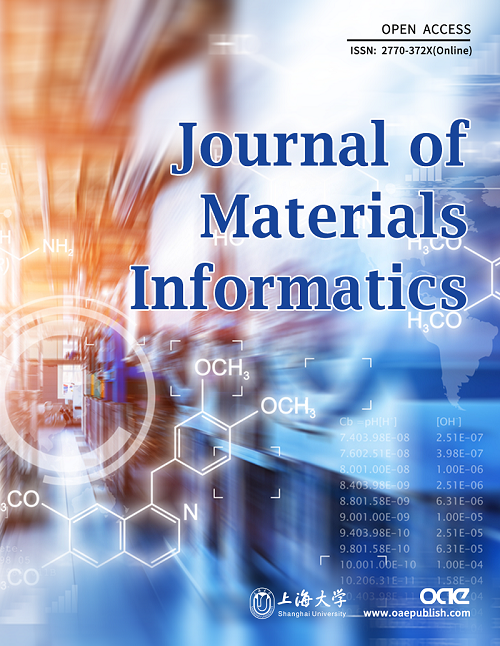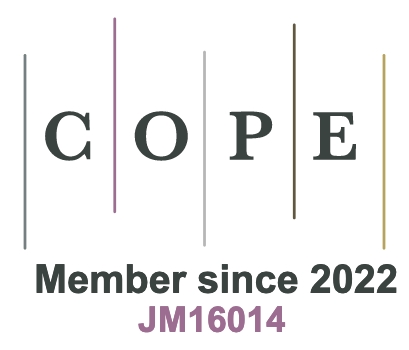REFERENCES
1. Jia Y, Bu X, Dong J, et al. Catalytic polymerization of phthalonitrile resins by carborane with enhanced thermal oxidation resistance: experimental and molecular simulation. Polymers 2022;14:219.
2. Zhang H, Yan Z, Yang Z, Mu Q, Peng D, Zhao H. Synthesis, curing and thermal properties of the low melting point phthalonitrile resins containing glycidyl groups. Polym Bull 2023;80:725-38.
3. Mouritz A, Gellert E, Burchill P, Challis K. Review of advanced composite structures for naval ships and submarines. Compos Struct 2001;53:21-42.
4. Bai S, Sun X, Chen X, Yu X, Zhang Q. Synthesis and properties of a thioether bonded phthalonitrile resin. Mater Today Commun 2020;24:101352.
5. Liu C, Zhang B, Sun M, et al. Novel low-melting bisphthalonitrile monomers: Synthesis and their excellent adhesive performance. Eur Polym J 2021;153:110511.
6. Wang H, Wang J, Guo H, et al. A novel high temperature vinylpyridine-based phthalonitrile polymer with a low melting point and good mechanical properties. Polym Chem 2018;9:976-83.
7. Peng W, Yao F, Hu J, et al. Renewable protein-based monomer for thermosets: a case study on phthalonitrile resin. Green Chem 2018;20:5158-68.
8. Gu H, Gao C, Du A, et al. An overview of high-performance phthalonitrile resins: fabrication and electronic applications. J Mater Chem C 2022;10:2925-37.
9. Wu Z, Wang S, Zong L, Li N, Wang J, Jian X. Novel phthalonitrile-based composites with excellent processing, thermal, and mechanical properties. High Perform Polym 2018;30:720-30.
10. Nechausov S, Aleksanova A, Morozov O, Bulgakov B, Babkin A, Kepman A. Low-melting phthalonitrile monomers containing maleimide group: synthesis, dual-curing behavior, thermal and mechanical properties. React Funct Polym 2021;164:104932.
11. Hu Y, Weng Z, Qi Y, et al. Self-curing triphenol A-based phthalonitrile resin precursor acts as a flexibilizer and curing agent for phthalonitrile resin. RSC Adv 2018;8:32899-908.
12. Dominguez DD, Keller TM. Properties of phthalonitrile monomer blends and thermosetting phthalonitrile copolymers. Polymer 2007;48:91-7.
13. Babkin AV, Zodbinov EB, Bulgakov BA, Kepman AV, Avdeev VV. Low-melting siloxane-bridged phthalonitriles for heat-resistant matrices. Eur Polym J 2015;66:452-7.
14. Zhang J, Feng Y, Yuan H, Feng D, Zhang X, Wang G. Thermal properties of C17H36/MCM-41 composite phase change materials. Comput Mater Sci 2015;109:300-7.
15. Qiao Z, Feng H, Zhou J. Molecular dynamics simulations on the melting of gold nanoparticles. Phase Transit 2014;87:59-70.
16. Li JF, Zhao XP, Liu J. Molecular dynamics simulations on melting of aluminum. Appl Mech Mater 2013;423-6:935-8.
17. Ganz E, Ganz AB, Yang LM, Dornfeld M. The initial stages of melting of graphene between 4000 K and 6000 K. Phys Chem Chem Phys 2017;19:3756-62.
18. Liu Y, Lai W, Yu T, Ma Y, Guo W, Ge Z. Melting point prediction of energetic materials via continuous heating simulation on solid-to-liquid phase transition. ACS Omega 2019;4:4320-4.
19. Du S, Zhang S, Wang L, Lin J, Du L. Polymer genome approach: a new method for research and development of polymers. Acta Polym Sin 2022;53:592-607.
20. Yang Z, Nie W, Liu L, Xu X, Xia W, Xu W. Applications of machine learning methods in the studies of polymer glass formation. Acta Polym Sin 2023;54:432-50.
21. Gong X, Jiang Y. Advances and challenges of machine learning in polymer material genomes. Acta Polym Sin 2022;53:1287-300.
22. Li Y, Jiang Y, Wang L, Li J. Data and machine learning in polymer science. Chin J Polym Sci 2023;41:1371-6.
23. Habibi-Yangjeh A, Pourbasheer E, Danandeh-Jenagharad M. Prediction of melting point for drug-like compounds using principal component-genetic algorithm-artificial neural network. Bull Korean Chem Soc 2008;29:833-41.
24. Qu N, Liu Y, Liao M, et al. Ultra-high temperature ceramics melting temperature prediction via machine learning. Ceram Int 2019;45:18551-5.
25. Hu Y, Zhao W, Wang L, Lin J, Du L. Machine-learning-assisted design of highly tough thermosetting polymers. ACS Appl Mater Interfaces 2022;14:55004-16.
26. Xu X, Zhao W, Hu Y, et al. Discovery of thermosetting polymers with low hygroscopicity, low thermal expansivity, and high modulus by machine learning. J Mater Chem A 2023;11:12918-27.
27. Chen C, Ye W, Zuo Y, Zheng C, Ong SP. Graph networks as a universal machine learning framework for molecules and crystals. Chem Mater 2019;31:3564-72.
28. Zeng K, Yang G. Phthalonitrile matrix resins and composites. In: Wiley Encyclopedia of Composites. Wiley; 2011. pp. 1-14.
29. Laskoski M, Dominguez DD, Keller TM. Synthesis and properties of a bisphenol A based phthalonitrile resin. J Polym Sci A Polym Chem 2005;43:4136-43.
30. Shi X, Bai S, Ji P, Naito K, Yu X, Zhang Q. A phthalonitrile resin with a low melting point and high storage modulus containing high‐density aromatic ether bonds. ChemistrySelect 2020;5:12213-7.
31. Liu K, Li Y, Tao L, Liu C, Xiao R. Synthesis and characterization of inherently flame retardant polyamide 6 based on a phosphine oxide derivative. Polym Degrad Stabil 2019;163:151-60.
32. Łaszkiewicz B. Preparation of organophosphorus polyurethane block copolymers. J Appl Polym Sci 1967;11:2295-301.
33. Jain P, Choudhary V, Varma IK. Effect of phosphorus content on thermal behaviour of diglycidyl ether of bisphenol-A/phosphorus containing amines. J Therm Anal Calorim 2022;67:761-72.








